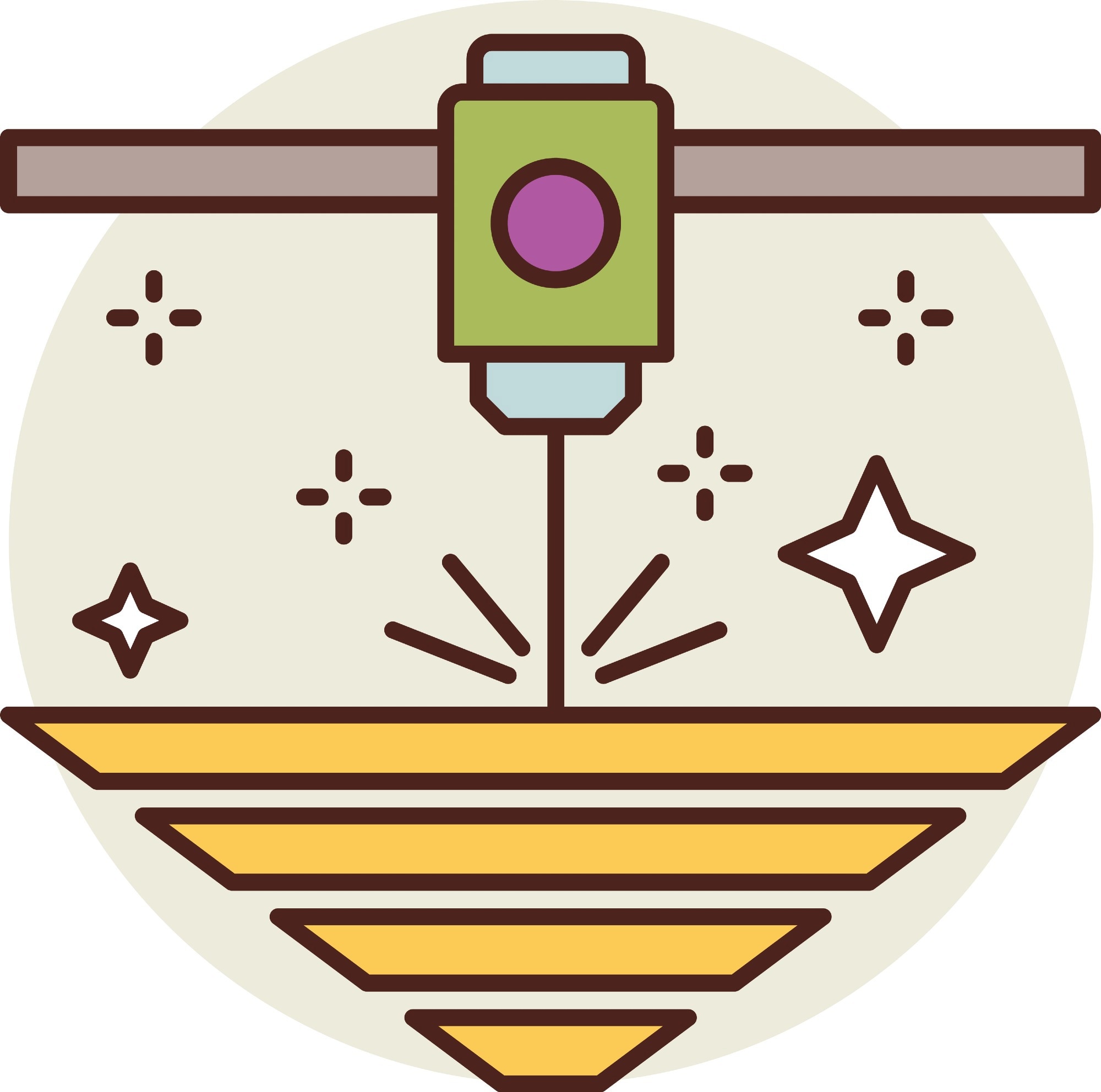Scientists from Belgium and France have published a paper investigating the use of post-infiltration to improve binder-jetted ceramic parts. Their research appears in the Journal of the European Ceramic Society.

Study: Post-infiltration to improve the density of binder jetting ceramic parts. Image Credit: shmai/Shutterstock.com
What is Binder Jetting?
Binder jetting is a type of additive manufacturing process developed by scientists at MIT in the USA. In this process, thin liquid bonding layers are selectively deposited onto powder beds layer-by-layer to build a printed part. Several materials can be deposited in this manner, including ceramic materials.
Depositing ceramic materials using binder jetting involves additional de-binding and sintering steps. Materials used in binder jetting need to possess sufficient flowability. The ideal materials for this process must be spherical and rough, which unfortunately causes problems with sintering steps due to the presence of voids that cannot be fully removed, leading to problems in printing.
Ceramic parts produced using binder jetting typically only reach 60% of their theoretical density. The introduction of a liquid phase can help to improve this value; however, currently, this is not at a level that meets optimal structural demands. This problem is found in other additive manufacturing methods, such as powder bed fusion.
Generally speaking, packing density can be improved by broader distribution, but this can negatively impact inter-connect pore sizes. Finer particles fill the voids between large particles more effectively, whereas coarse particles cause larger voids by enlarging channel sizes. This trade-off seems to lead to products with open porous structures.
Improving the Process
In recent years, some researchers have focused on enhancing the sintering density of ceramic parts produced using this process. Several approaches have been explored, including modifying the chemistry of materials and optimizing packing by using mixed powders, hardware modifications, and nanoparticle-filled binders.
Post-infiltration of sintered layers with liquid phases is another method that has received some research attention in recent studies. Several materials have been investigated for this purpose, including epoxy resin, molten alloys, and a range of precursors. Whilst successes have been achieved, researchers have noted some limitations with these liquid phase materials.
One major issue is that this process can irretrievably change the printed part’s physical and chemical characteristics. To overcome this issue, researchers have investigated the use of ceramic suspensions as liquid phases that have equivalent properties and characteristics to the sintered layers.
One study by Vogt et al. has demonstrated the effectiveness of this approach, with sintered parts displaying enhanced compressive strength values of up to a few hundred percent and an approximate weight increase of 10%. Another study by Maleksaeed et al. has demonstrated improvements in mechanical strength, porosity, density, and surface roughness.
The Study
The new study aims to understand the post-infiltration process of binder jetting printed ceramics. By providing a better understanding of this approach, the authors aim to improve the density of printed ceramic parts without influencing their dimensional accuracy.
Alumina was used by the authors as the model material. The influences of multiple infiltrations were assessed in the study, along with pre-consolidation temperature, the duration of infiltration, and the suspension’s solids loading content. Furthermore, the authors investigated suspension penetration of ceramic particles and their distribution throughout the printed material’s structure.
Scanning electron microscopy, mercury porosimetry, and micro-computed tomography were used to investigate the characteristics of post-infiltration on sintered parts and understand its influence.
Study Results
The authors managed to reach a thorough understanding of the post-infiltration process and its influence on sintered ceramic parts printed using binder jetting. It was observed that using ceramic suspensions improved the density of sintered parts.
The study highlighted the influence of multiple successive infiltrations. Using a 50% wt. ceramic suspension, after three infiltrations density, reached approximately 88%, a significant improvement over currently observed densities of non-infiltrated materials. This was mainly governed by gravity effects, which were confirmed by scanning electron microscopy and micro-computed tomography.
The effect of gravity caused the suspension particles to settle at the bottom of sintered parts, with higher pore density and size observed higher up in the samples. Another beneficial collateral effect of this process is improved surface roughness.
Pre-consolidation temperature influence on final product density was also revealed in the paper. Products with higher density were produced by lower pre-consolidation temperatures. A lower temperature seems to favor larger pores, which aids infiltration.
Finally, the authors demonstrated that higher suspension solids load has the effect of reducing the need for successive infiltrations. There exists the intriguing possibility of achieving 90% density after just one infiltration by tailoring solids load. However, researchers should consider the influence on dimensional resolution.
Overall, the paper has presented a deeper understanding of the post-infiltration process and specific material parameters, which will improve the design of binder jetting-printed ceramic parts. Future research opportunities exist, including the use of bio-ceramic suspensions and binders, and surfactants, which could help to improve wetting behavior, infiltration efficiency, and suspension stability.
More from AZoM: ICP-MS for Trace Metal Analysis
Further Reading
Chen, C et al. (2022) Post-infiltration to improve the density of binder jetting ceramic parts Journal of the European Ceramic Society [online, pre-proof] sciencedirect.com. Available at: https://doi.org/10.1016/j.jeurceramsoc.2022.08.005
Disclaimer: The views expressed here are those of the author expressed in their private capacity and do not necessarily represent the views of AZoM.com Limited T/A AZoNetwork the owner and operator of this website. This disclaimer forms part of the Terms and conditions of use of this website.